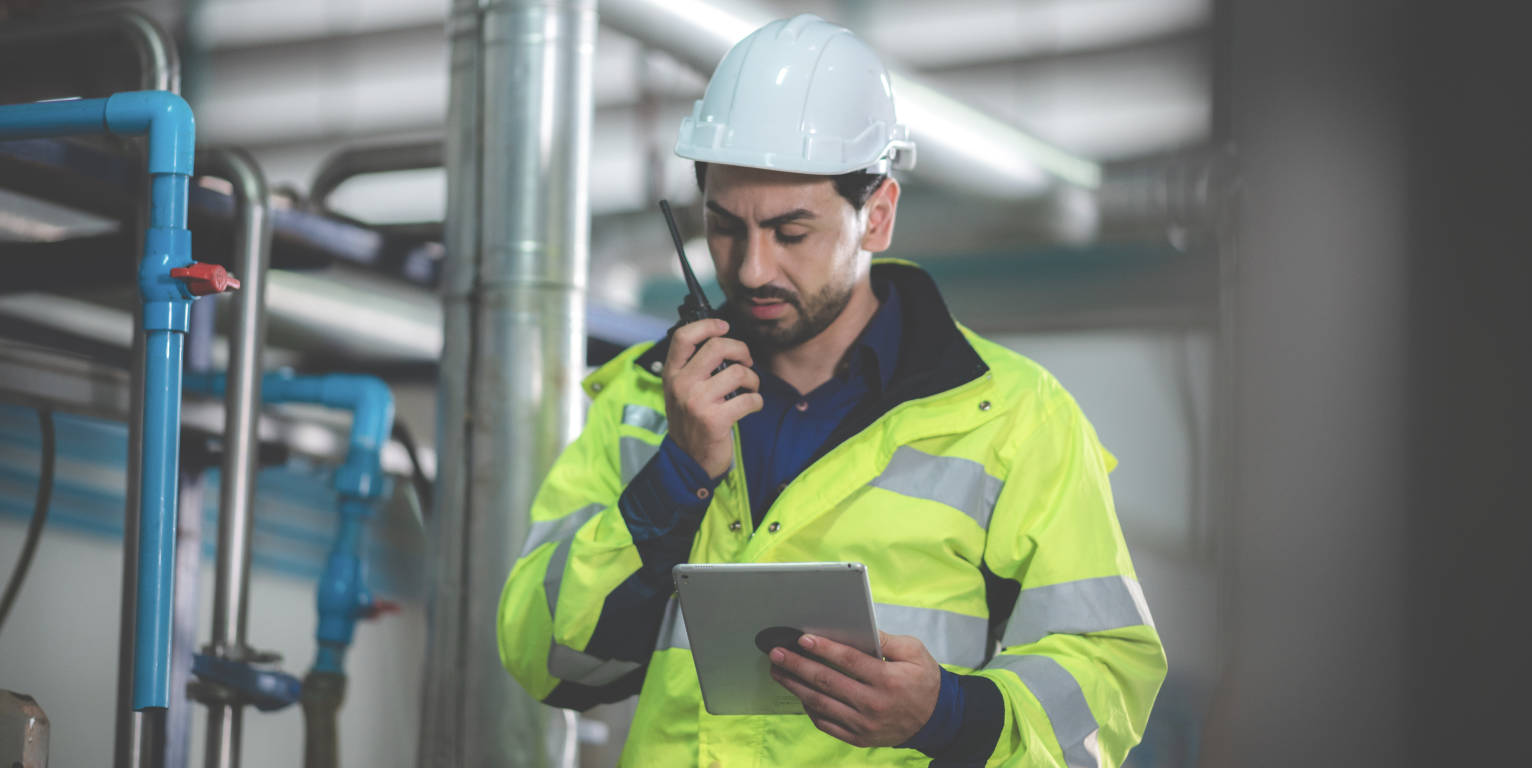Maintenance has always represented a key moment for the correct and efficient functioning of industrial processes. While in the past this job was performed by supervisors, walking near the production line to observe the operators and machines, now technology does the job. In particular, today we talk about condition monitoring.
The solution to malfunctions
Any unexpected interruption of production, due to machinery failures, weighs significantly on the productivity, competitiveness, revenues and costs of the company. For this reason, methods are continually sought to eliminate failures, thus limiting maintenance costs. It is in this context that condition monitoring is developed: the process of monitoring parameters that optimizes the operational safety and efficiency of machines and systems.
Parameters and improvements
But which parameters must be taken into consideration? First of all, vibration, temperature, pressure, state of corrosion of the mechanical parts and average consumption. Significant changes in these data could identify an imminent problem. This technology also allows the monitoring of the performance of machinery in the environment in which they operate, in order to create a more favorable environment in terms of productivity and to make changes and updates to the machines.
The technologies underlying condition monitoring
Condition monitoring uses two macro technologies, one installed on the machine, the other connected to a web platform. The first consists of IoT sensors, which capture the operating data of the machinery. The second processes the data in an edge or cloud environment and then returns it in the form of insights, which correspond to the parameters listed above.
Thanks to condition monitoring, the need for proximity is eliminated: on the dashboard, accessible via desktop or tablet, it is possible to consult the indicators that are considered relevant for monitoring each system in the plant. The condition monitoring software, by crossing any anomalies detected with historical data and appropriate machine learning algorithms, are able to estimate the remaining autonomy of the machine, also identifying the probability of failures or real stops.
The advantages
Proper condition monitoring helps companies to:
- reduce repair and maintenance costs
- increase the life of the machines
- increase the safety of personnel
- increase revenue and profit.
The added value of predictive maintenance
The advantages of condition monitoring also reflect the gap between predictive maintenance and classic preventive maintenance. The second consists of a series of planned interventions that require machine downtime to be carried out. Predictive maintenance, integrated with preventive maintenance, making use of the data collected with condition monitoring tools and platforms, allows uninterrupted measurement of parameters, alerting the operator if one of these parameters has a discrepancy with respect to the standards. The undoubted advantages of predictive maintenance derive from this, ranging from the reduction of unforeseen events to the reduction of downtime, from the speed of interventions to cost savings for maintenance activities carried out after the event.
Application areas
Finally, it should be noted that condition monitoring is no longer limited to the industrial / manufacturing sector. Condition monitoring applications are now used in construction, infrastructure, ports, aerospace, mining, logistics, energy and transportation. A multi-sectoral technology that is essential for the full success of the digital transition.
Sources: internet4things.it, lumi4innovation.it, exorint.com


